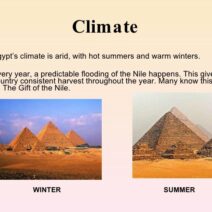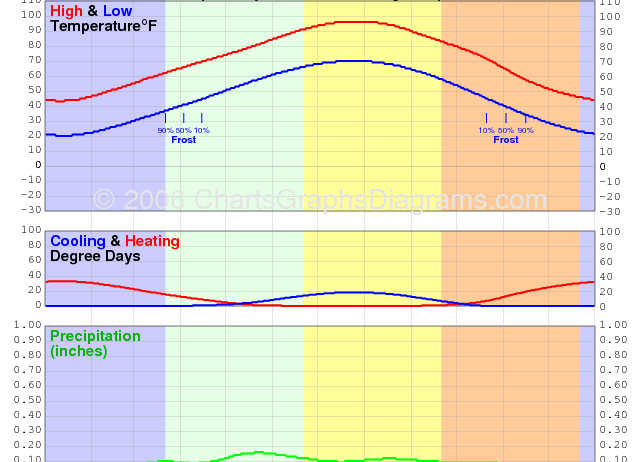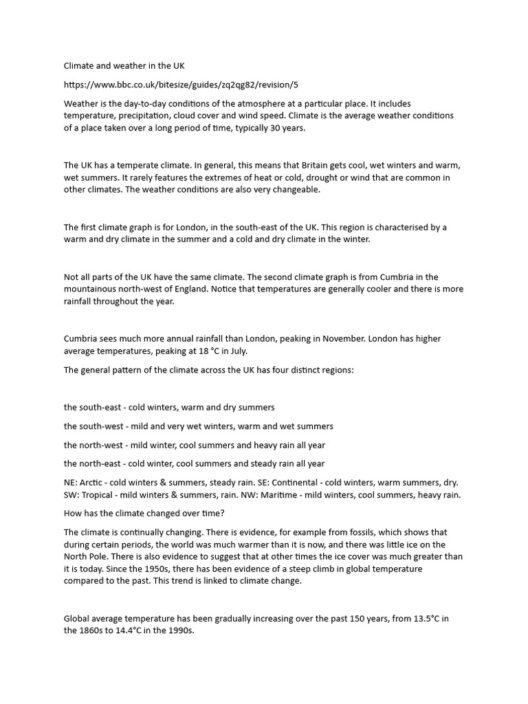The Great Plains region, a vast expanse that unfurls across the heartland of North America, embodies an intricate interplay between climate and agriculture. Envision a grand tapestry woven from warm, golden grasses, sprawling under an expansive cerulean sky. However, this picturesque image belies the complexities and challenges posed by its climate, transforming this landscape into a crucible for farming endeavors.
The climate of the Great Plains is predominantly characterized as semi-arid, a descriptor that alludes to its unique blend of precipitation and temperature fluctuations. The region experiences four distinct seasons, imparting an array of climatic phenomena that can shift as swiftly as the winds that sweep across its rolling terrain. While winter blankets much of the area in snow, summers often sizzle with scorching temperatures, presenting a dichotomy that can unsettle unsuspecting farmers.
The cyclical rhythm of the seasons is mesmerizing yet capricious. Winter, with its biting cold and blustery winds, can stretch from November to March, rendering the land dormant and covered in frost. This inhospitable season, often likened to a long slumber, is crucial for replenishing soil nutrients, yet it also amplifies the challenges that lie ahead. As spring emerges, the thawing earth awakens, a subtle metamorphosis from meek dormancy to robust vitality. Aprils can deliver rain, heralding new growth, yet they can be a double-edged sword—while they foster budding crops, they can wade into the realm of violent storms.
As the landscape sheds its winter coat, farmers embrace the treatise of spring with hope. However, Mother Nature has her whims and fancies. The unpredictable spring storms that sweep through can wreak havoc on emerging crops. Tornadoes, notorious for their suddenness and ferocity, can slice through the heart of a thriving farm in moments, rendering years of labor to naught. The age-old adage, “April showers bring May flowers,” holds true; yet, it is equally poignant to remember that these showers can morph into deluges, leading to soil erosion and waterlogging.
Launching into summer, farmers navigate the sweltering heat, where temperatures can soar into the upper90s Fahrenheit. This season, with its elongated daylight hours, provides the cartography for thriving crops like corn and wheat, revered staples of Great Plains agriculture. The rich, loamy soil becomes a canvas on which diligent farmers paint their dreams. However, the summer sun does not bestow its warmth without a price. The region’s semi-arid climate often results in scant rainfall during July and August, plunging fields into a state of parched desperation.
The drought periods, akin to a slow suffocation, pose existential threats to both the crops and the livelihoods they support. There lies an evident paradox in the Great Plains: a land defined by its agricultural prowess yet often cruelly deprived of the water necessary to sustain it. Adopting an almost poetical lens, one might view the landscape as a paradoxical phoenix, characterized by the perpetual struggle between abundance and scarcity. Farmers learn to become astute stewards of water, employing various techniques, such as drip irrigation and rainwater harvesting, to mitigate the parched seasons.
Even as summer wades into autumn, the climate beckons with its own set of challenges. Harvest time emerges, marked by the golden hues of ripe wheat swaying lazily in the breeze. This season epitomizes the bittersweet nature of the agricultural cycle. On one hand, it is a triumphant celebration of bounty; on the other, it is fraught with the anxiety of impending winter. The harvest depends heavily on accurately interpreting climatic signals—an art form that has been honed over generations. Farmers become meteorologists, reading the skies and assessing the weather forecast with a precision bordering on instinctive.
Furthermore, the climate’s breath extends beyond mere temperature and precipitation. It envelops the notion of wind, a steadfast companion of the Great Plains. The relentless gales that sway grasses and topple fences may be perceived as burdensome. However, they are also a defining aspect of this ecosystem, serving to pollinate crops and disperse seeds. In this respect, wind can be viewed as a double-edged sword: an architect of both beauty and unpredictability.
Ultimately, the climate of the Great Plains, replete with its seasonal rhythms and capricious nature, continues to shape not only the agricultural practices of its inhabitants but their very lives. Farmers here are cultivators of resilience and ingenuity, characteristics as integral to the land as the fertile soil itself. In the grand scheme of environmental stewardship, understanding and adapting to the climate’s complexities is not merely an option—it has become imperative.
The unique appeal of the Great Plains lies intricately woven within the tapestry of farming, weather, and seasons. It is a landscape where life thrives against the odds—a testament to nature’s duality, where every challenge metamorphoses into opportunity. As we draw attention to the climate of this unique region, we unveil the raw, unvarnished truth of farming life shaped by weather patterns that, while often ruthless, ultimately coalesce into a life-affirming cycle of growth, decay, and rebirth.
This intricate relationship between the climate and farming practices on the Great Plains serves as an enduring reminder of our shared responsibility to honor and protect the environment. Recognizing the fragility of these systems, it becomes vital for both current and future generations to advocate for sustainable practices that support the land and preserve its bounty for years to come.







